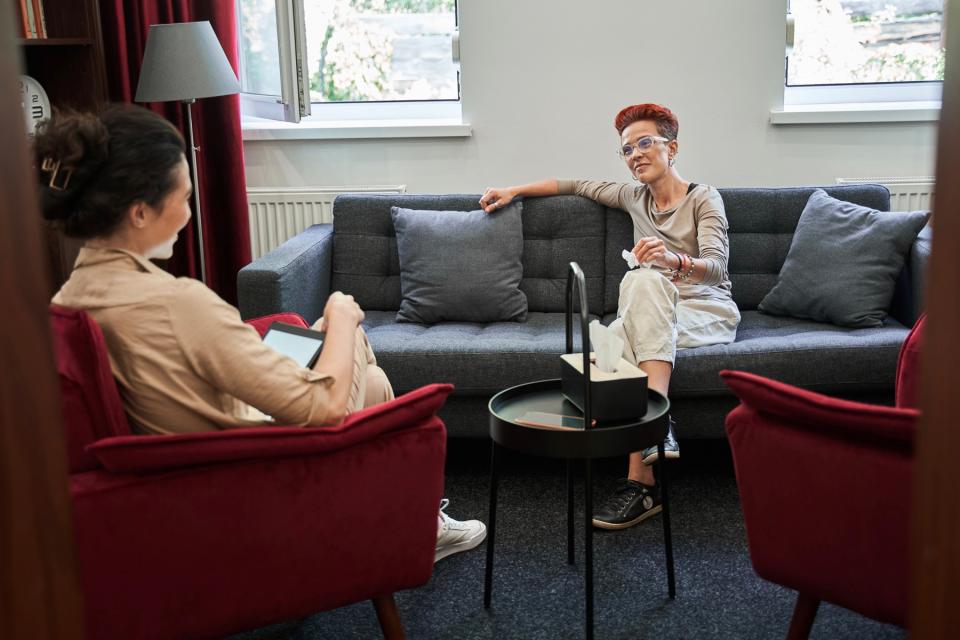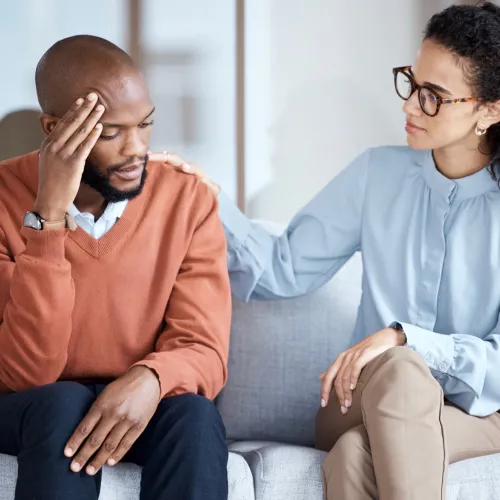Embracing Diversity: Advancing LGBTQIA+ Inclusivity in Family Law
As society continues its journey towards progress, the meaning of family has undergone a transformation. It now encompasses diverse relationships, identities and configurations that extend beyond the traditional ‘nuclear family’ model of old. It has therefore become imperative for the legal system to adapt to ensure that family law reflects the ever-evolving landscape of the LGBTQIA+ community.
Marriage equality, surrogacy and adoption rights, and increased visibility have shattered barriers and fostered a more progressive environment, but there is still progress to be made. Family lawyers, positioned at the forefront of this transformation, hold the power to address the distinctive needs and challenges faced by LGBTQIA+ individuals, couples, and families.
Family law plays a pivotal role in shaping the lives and well-beings of individuals within the LGBTQIA+ community. By implementing inclusive practices, family lawyers can actively contribute to the creation of a legal environment that recognises and respects the diverse realities of LGBTQIA+ families. Overcoming inherent biases ingrained into us by society is the first step to achieving inclusive practices.

Common difficulties faced by the LGBTQIA+ community because of bias
Bias is a tricky thing because it is often unconscious. It is something everybody has, in some way, and does not necessarily reflect our actual values. Fundamentally, bias is more of a predisposition to think a certain way due to your environment or your upbringing (or both).
Some of the difficulties which the LGBTQIA+ community face in a family law context because of bias include the following:
-
Heteronormativity
Family law has historically operated under heteronormative assumptions, considering male-female relationships and traditional family structures as the norm. As such, family lawyers, as any other individual, may hold implicit biases that influence their perceptions about LGBTQIA+ families. These biases can manifest in subtle ways, such as differential treatment, assumptions about gender roles or parenting abilities, or unequal consideration of the needs and interests of LGBTQIA+ clients. -
Lack of sensitivity
LGBTQIA+ clients will often face microaggressions (whether intentional or not), which are subtle forms of discrimination or derogatory comments that can erode trust and create an unsafe environment. Insensitive language, misgendering, or dismissive attitudes can further marginalise LGBTQIA+ clients and hinder effective communication and representation.
For example, it can be very alienating and diminishing for a client or their child to be continually misgendered. Common phrases such as ‘used to be a boy’ or ‘thinks they’re a girl now’ can undermine a person’s gender identity and contribute to a climate that fosters misunderstanding and prejudice. Such language not only fails to acknowledge the authentic experiences of transgender and nonbinary individuals, but also perpetuates harmful stereotypes and reinforces a binary understanding of gender. -
Double standards
LGBTQIA+ clients may face double standards or higher scrutiny compared to their heterosexual and heteronormative counterparts in family law matters. For example, surrogate parents in Queensland (Australia) can only apply for a parentage order after the child is born. This process can take several months which has consequences if the child requires medical care before the parents are legally recognised. If you are someone who has never experienced this kind of bias in the legal system, this double standard may be foreign to you and may be something you don’t inherently empathise with.
To this end, as a lawyer, it is important to ask what kind of preconceptions you might have about a client or their family and how this may affect their experience as your client. If you go into a client meeting with a lesbian who is seeking a divorce, and you assume her ex-partner is a man, how is that going to make her feel? In most cases, the answer will either be awkward or uncomfortable. These kinds of preconceived ideas damage the lawyer-client relationship and illustrate why confronting inherent bias is so important.

Four actions to help you become a more inclusive family law practitioner
As a lawyer, creating an environment where clients feel at ease, respected, and understood can greatly enhance the lawyer-client relationship. This starts with rethinking and analysing your preconceptions about families, their identities, and their structures.
Below are four important things to consider in becoming a more inclusive practitioner:
-
Educate yourself
Take the initiative to educate yourself about LGBTQIA+ issues, terminology, and legal developments. Stay informed about the evolving landscape of LGBTQIA+ rights and understand the unique challenges faced by LGBTQIA+ individuals and families.
Continuously engage in not only professional development, but personal development opportunities related to LGBTQIA+ issues as well. Attend seminars, workshops, or conferences that focus on inclusive practices lead by and championed by individuals in the LGBTQIA+ community. The best way to understand your clients and their community is to talk to and interact with your clients’ own community. -
Create a safe space
Foster an inclusive and welcoming atmosphere in your office and during client interactions. You can achieve this by using inclusive language in all communications and ensuring that your office is an inclusive and welcoming space for all clients. Be mindful of the language you use and try to make no assumptions. Respect and affirm gender identities and use appropriate pronouns and correct yourself and others when mistakes are made.
Importantly, reflect on your own biases and preconceptions about gender, relationships, and family structures. Work on challenging and dismantling those biases to provide better representation for your clients. Simple things to achieve a safe space could include updating your intake forms to include diverse identities and relationships, displaying inclusive signage around your office, incorporating diversity and inclusion policies in your workplace or mandating sensitivity training for your staff. -
Be culturally competent
Acknowledge the diverse experiences and intersections of identities within the LGBTQIA+ community. Recognise that individuals may face different challenges based on their race, ethnicity, socio-economic status, or disability, in addition to their sexual orientation or gender identity. Be sensitive to these intersecting factors and provide tailored support.
Challenge heteronormative assumptions and advocate for equal treatment and recognition of LGBTQIA+ families by creating a client-centric approach that prioritises the comfort, well-being and needs of your LGBTQIA+ clients. Listening actively, being empathetic, and demonstrating genuine care and understanding throughout the legal process will make your clients feel seen and heard. -
Collaborate with LGBTQIA+ organisations
Establish partnerships and collaborate with LGBTQIA+ advocacy organisations, community leaders, and other professionals who specialise in servicing the LGBTQIA+ community. Seek their expertise and guidance to enhance your understanding and provide comprehensive support to your LGBTQIA+ clients. This could be manifested by providing resources, referrals or connecting clients with community organisations that address their specific needs and challenges.
Doing these four things will help to make you a better ally. Afterall, as Verna Myers once said: “Diversity is being invited to the party. Inclusion is being asked to dance.”


